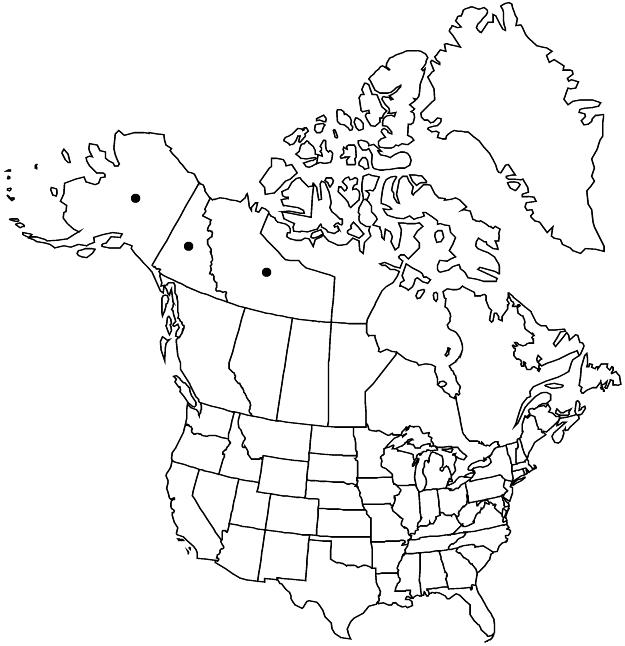Difference between revisions of "Primula borealis"
in A. P. de Candolle and A. L. P. P. de Candolle, Prodr. 8: 43. 1844 ,.
FNA>Volume Importer |
imported>Volume Importer |
||
| (One intermediate revision by the same user not shown) | |||
| Line 1: | Line 1: | ||
{{Treatment/ID | {{Treatment/ID | ||
|accepted_name=Primula borealis | |accepted_name=Primula borealis | ||
| − | |accepted_authority=Duby | + | |accepted_authority=Duby |
|publications={{Treatment/Publication | |publications={{Treatment/Publication | ||
|title=in A. P. de Candolle and A. L. P. P. de Candolle, Prodr. | |title=in A. P. de Candolle and A. L. P. P. de Candolle, Prodr. | ||
| Line 49: | Line 49: | ||
-->{{#Taxon: | -->{{#Taxon: | ||
name=Primula borealis | name=Primula borealis | ||
| − | |authority=Duby | + | |authority=Duby |
|rank=species | |rank=species | ||
|parent rank=genus | |parent rank=genus | ||
| Line 63: | Line 63: | ||
|publication year= | |publication year= | ||
|special status= | |special status= | ||
| − | |source xml=https:// | + | |source xml=https://bitbucket.org/aafc-mbb/fna-data-curation/src/2e0870ddd59836b60bcf96646a41e87ea5a5943a/coarse_grained_fna_xml/V8/V8_582.xml |
|genus=Primula | |genus=Primula | ||
|species=Primula borealis | |species=Primula borealis | ||
Latest revision as of 22:44, 5 November 2020
Plants 1–10 cm, herbaceous; rhizomes thin, short; rosettes often clumped; vegetative parts farinose at least when young. Leaves not aromatic, indistinctly petiolate; petiole narrowly winged; blade without deep reticulate veins abaxially, spatulate to rhombic, 1–3.5 × 0.1–0.7 cm, thin, margins crenate to remotely denticulate, apex obtuse to acute, surfaces glabrous. Inflorescences (1–)3–10-flowered; involucral bracts saccate or gibbous basally, ± equal. Pedicels erect and spreading, thin, 2–8 mm, length usually 2+ times bracts, somewhat stiff. Flowers heterostylous; calyx green or with purple stripes, campanulate, 3–5 mm; corolla lavender, tube 6–8 mm, length ca. 1.5 times calyx, eglandular, limb 8–16 mm diam., lobes 0.4–0.8 mm, apex emarginate. Capsules cylindric to somewhat ellipsoid, length 1.5 times calyx. Seeds without flanged edges, reticulate. 2n = 36.
Phenology: Flowering summer.
Habitat: Saline habitats, in estuaries and salt marshes, sometimes around hot springs
Elevation: 0-100 m
Distribution

N.W.T., Yukon, Alaska, e Asia (Russian Far East).
Discussion
Primula borealis varies in height, leaf morphology, and amount of farina, characters that are all influenced by ecology and phenology. Exposed dune populations are often composed of depauperate individuals; inland populations in protected or nutrient-rich sites can contain individuals over 10 cm in height with more flowers. Younger individuals are almost always farinose; farina sometimes disappears later in the growing season. The species characteristically shows a broad corolla and a full symmetrical umbel on a relatively short scape giving a top-heavy appearance at anthesis. Involucral bracts are saccate or gibbous, in comparison to the often sympatric species P. anvilensis and P. nutans, with plane and auriculate bracts, respectively. Inland populations previously identified as P. borealis should generally be placed under P. mistassinica, which can be distinguished by its more delicate appearance and usually efarinose vegetative parts. Plants from near Kotzebue, Alaska, called P. mistassinica by L. A. von Chamisso and D. F. L. von Schlectendahl (1826–1836) belong to P. borealis.
In the Russian Far East and Japan, it is difficult to separate the North Pacific complex centered on Primula modesta Bisset & S. Moore (including P. ajanensis E. A. Busch, P. fauriei Franchet, P. kawasimae H. Hara, and P. matsumurae Petitmengin) from the complex centered on P. borealis. These show morphological similarities; they differ in chromosome number. No recent comprehensive systematic work has been done on the North Pacific representatives of sect. Aleuritia; molecular and morphometric analyses may help clarify phylogenetic relationships and taxonomy of these taxa.
Selected References
None.